How to plan a Nature-Wildlife-PhotoShooting Trip?
Me and my camera are united again, so it is time to plan the next photo-shooting.
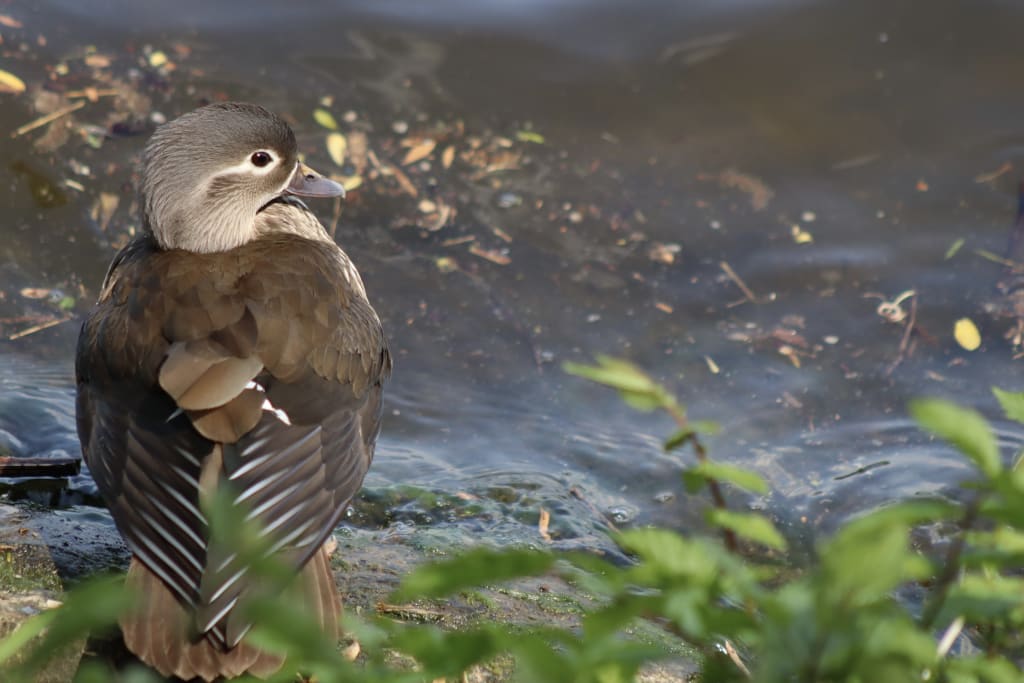
Some say it is impossible to plan such a trip; others claim it won't work without precise and targeted planning. My experience says that both sides are absolutely right. It is essential to plan every photo-shooting as well as possible; however, for nature and wildlife photography, it becomes an exciting and daunting task. Paradoxically, no matter how well you have planned everything, at the end, it often depends on how well you embrace the unplanned. The more experienced you become, the easier it will be to combine the right balance between preparation and spontaneity.
Since it is impossible to plan the reaction of the wild animals, you focus on what you can have an influence on; this includes selecting the destination, understanding the local wildlife and preparing the right gear.
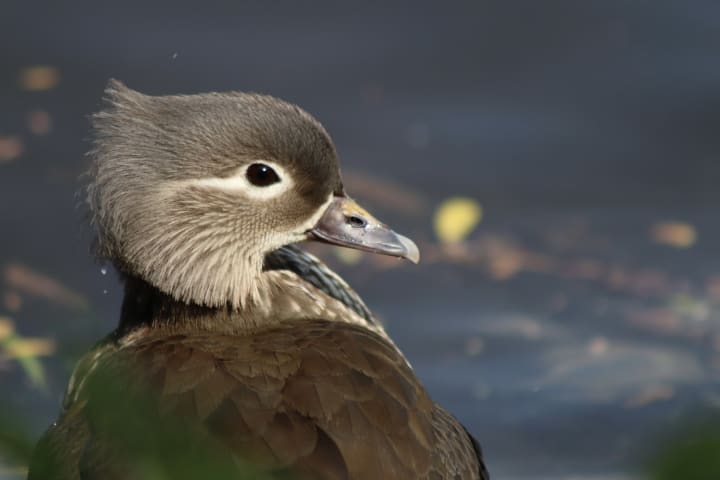
Destination Research:
Choosing the right location is crucial. National parks, wildlife reserves and remote natural habitats are prime spot. The more you know about the location, the better, especially in parks where there is a high volume of visitors. Google maps and Google Earth can be a great tool to research the perfect spot. The next thing you need to find out is how you get there. Especially when you want to be on location for the Golden Hour in the morning, you need to consider that you find that spot in darkness.
I usually use Google maps to find the right path to my prime spot, and then I try to memorize it as perfect as possible, so that I can find it easily. And I highlight the spot on maps, and also make a screenshot from the path I want to take. When the day comes, I have several opportunities to find the spot. I've learned the hard way that I cannot rely on the internet. And when I have memorized the path, I can concentrate on my surroundings and don’t have to check the map all the time. Yet, it gives me a feeling of safety to have the technical help I might need.
And while you prepare the prime spot, you also need to research the biodiversity of that destination, focusing on the species you aim to shoot. Delve into the behavior patterns of those animals, learn about their feeding habits, migration patterns and preferred habitats. This knowledge increases your chances of getting the shot you desire.
The moment you know the local wildlife, you found the right spot; you need to prepare your gear, and figure out what you need to get the perfect shot done. What will be the perfect camera, the right lens to capture the photograph? Not every camera or lens is suitable for every location. And you also need to find out about local regulations and guidelines, to keep you safe within the laws.
Once you’ve finished these preparations, it is time to prepare for spontaneous events. Already weeks before the scheduled photo-shooting, I observe the weather. Often, the days before might indicate, what conditions you can expect on that day. A week of sun and hot temperatures can influence the local wildlife’s behavior; and so does rain.
The closer the day comes, the more I focus on the smaller things like: do I have enough extra batteries, memory cards and is my protection gear up-to-date? I also take care of the right clothing to be clean and my first-aid supply is stocked. And since I might have long hours of waiting to get the perfect shot, you also have to plan to bring enough snacks and water. Normally I take just one liter with me, yet it often isn’t enough.
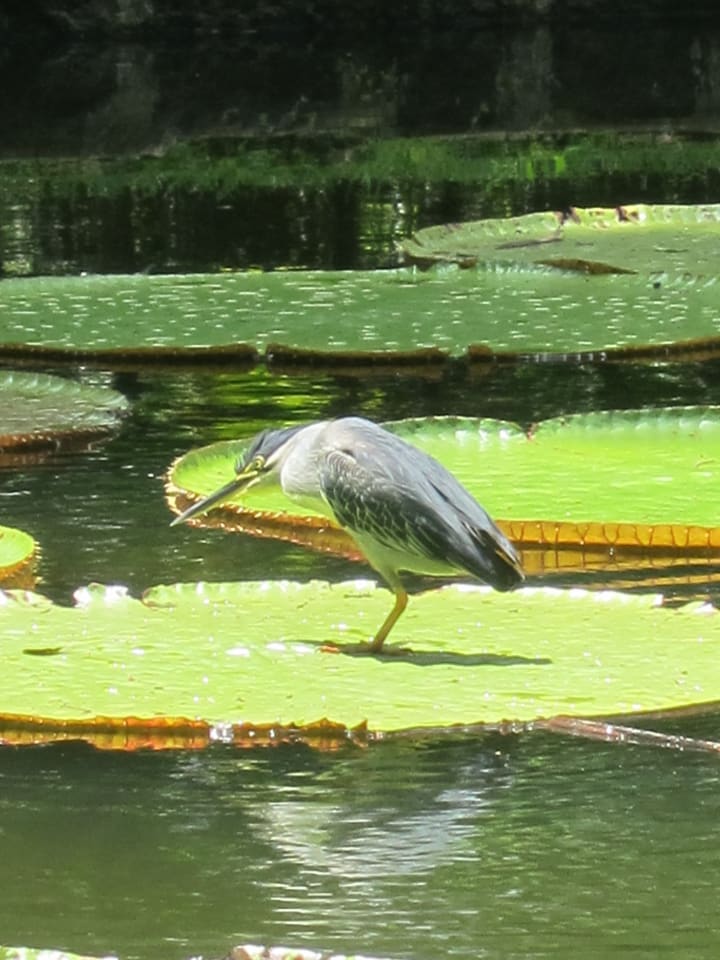
The Art of Flexibility
Despite detailed planning, about 90% of such a photo-shooting unfolds unpredictably, what makes every journey a true adventure. Weather, animal movement and lighting can change abruptly so that your flexibility is the key to get the perfect shot. A sudden rainstorm can create a dramatic lighting and a unique photographic opportunity; encountering an unexpected animal species can lead to some of the most memorable shots. To be ready for such occasions, it's good to bring a second camera, without a prepared setting and with a different lens, so that you don’t need to exchange it on location.
Wildlife photography demands patience. Hours, even days, might pass without a significant sighting. Yet you need to stay focused all the time. The perfect moment might happen at any time and you don’t want to miss it, so try to avoid any distraction. Keep your smartphone in silent mode, even better use the flight mode. An unexpected call or noisy message can destroy your chance.
Since I am also a writer, I normally use my mind to craft some new stories while waiting. I observe the surroundings and try to figure out what kind of story could unfold in front of my eyes. Waiting is boring and often more tiring than the actual action. Sometimes, the best photographs come after long periods of waiting and watching, so remaining persistent and patient is essential.
Being ready to adapt within seconds is crucial. The planned location doesn’t yield good shots, don’t hesitate to explore the surroundings. Quick adjustments to your camera setting based on changing light or sudden animal behavior can make a significant difference. You have to make such decisions within seconds. There is no room for cideration or hesitation. The better you planned such events before, the faster you will adapt to it.
Before leaving your house you have to create a flexible itinerary. It is good to have a general plan for each day and each location but always allow room for updates based on weather, wildlife or human activity, or even tips from locals. Make your plan as flexible as possible to ensure that you are prepared and open to unexpected opportunities.
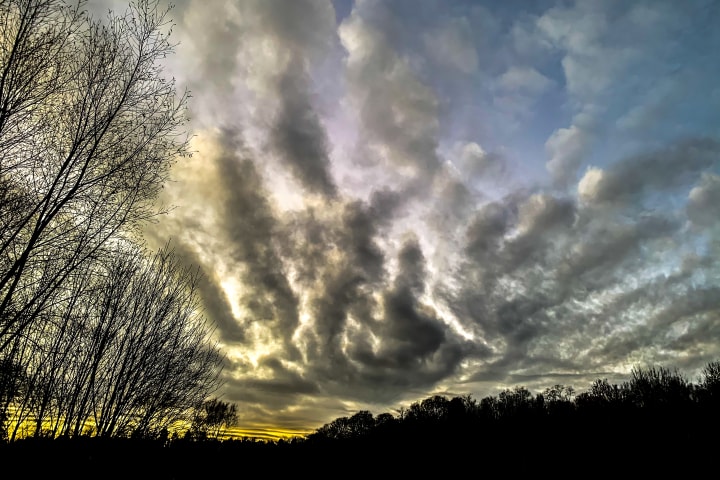
Stay curious! Keep learning! Each journey, each adventure, offers lessons to improve your future photography excursions. Engage with locals and other photographers to gain insights and discover hidden gems. Respect wildlife and natural habitats! Maintain a safe distance from animals to avoid disturbing them. Follow local regulations and guidelines to minimize your impact on the environment.
Find the right balance between preparation and spontaneity that fits you. Every plan you create before will set the foundation, yet the essence lies in embracing the unexpected moments. Equip yourself with knowledge, patience, and the right gear to capture the perfect image.
Each photo-shooting is a unique challenge and can end in frustration or absolute happiness. Be prepared for both outcomes and embrace the adventure!
Thank you for reading!
About the Creator
Christian Bass
An author, who writes tales of human encounters with nature and wildlife. I dive into the depths of the human psyche, offering an insights into our connection with the world around us, inviting us on a journeys.
Enjoyed the story? Support the Creator.
Subscribe for free to receive all their stories in your feed. You could also pledge your support or give them a one-off tip, letting them know you appreciate their work.


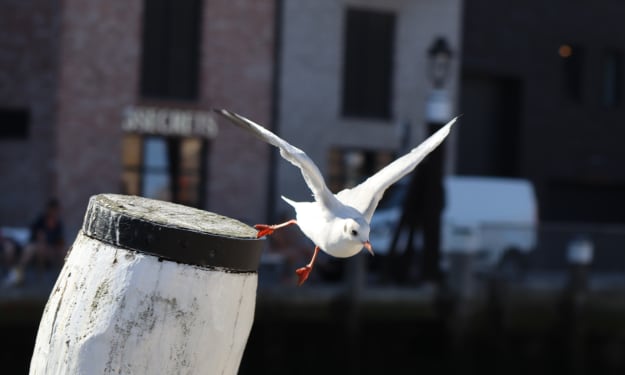



Comments (1)
It is lovely CB.